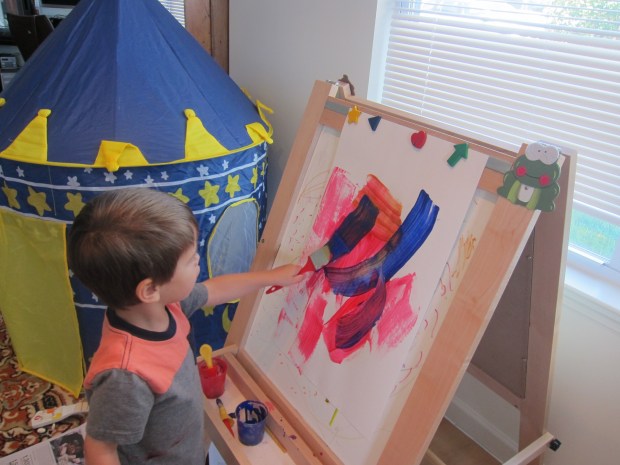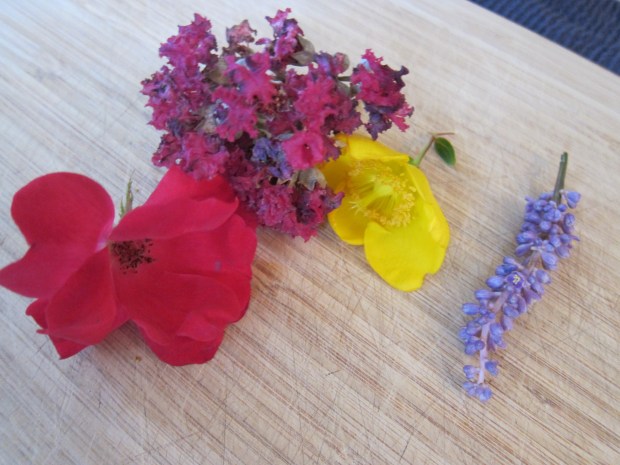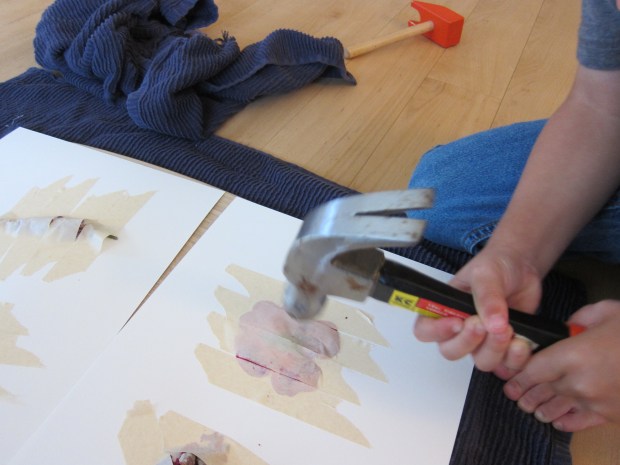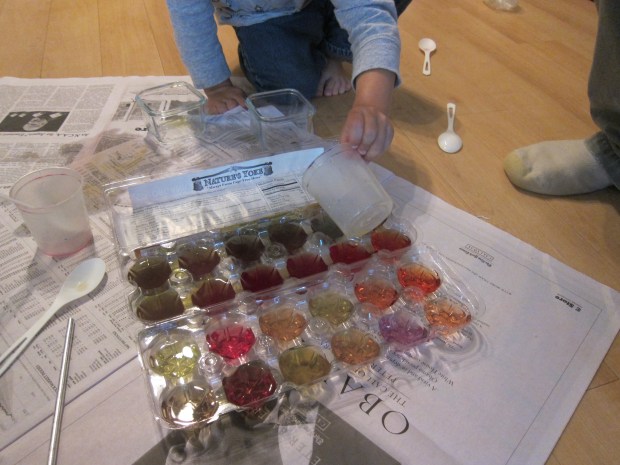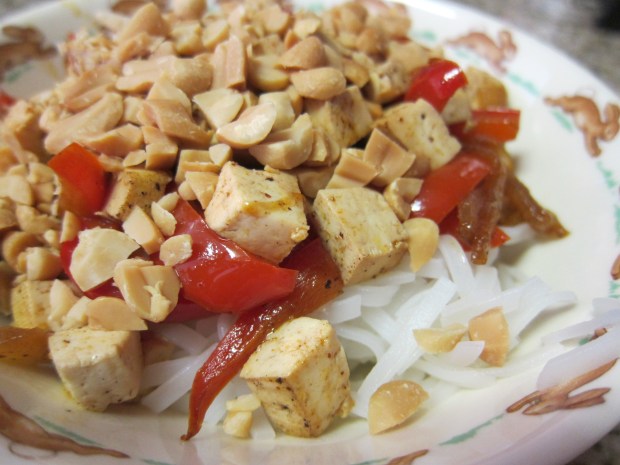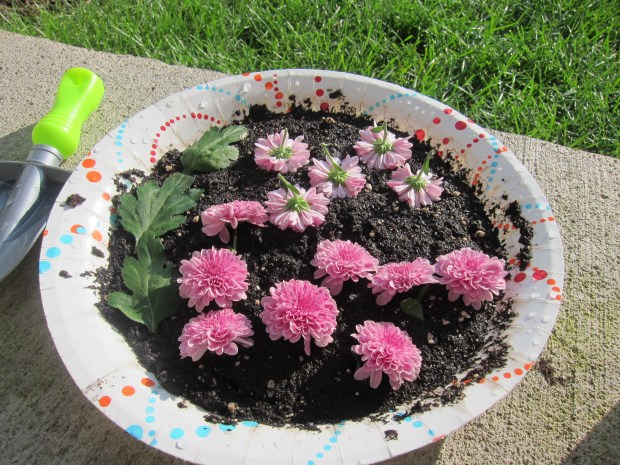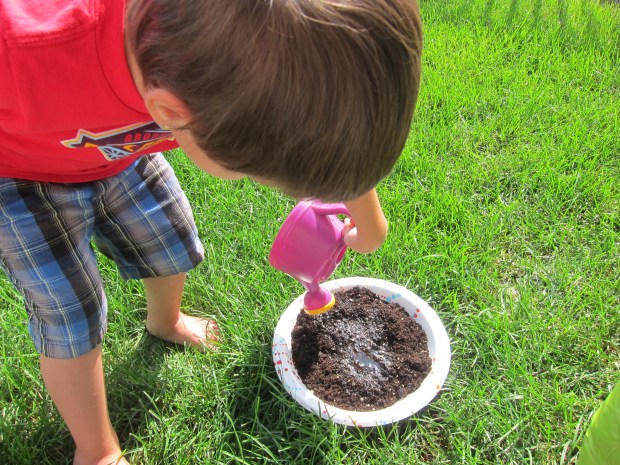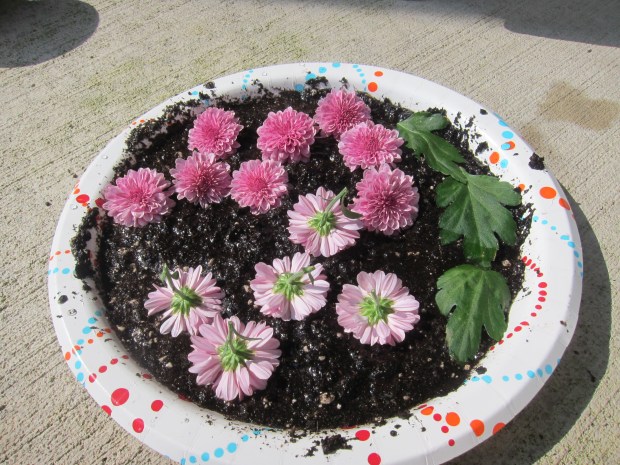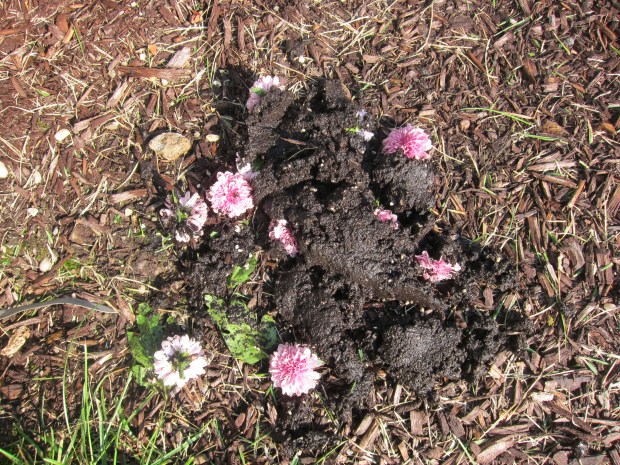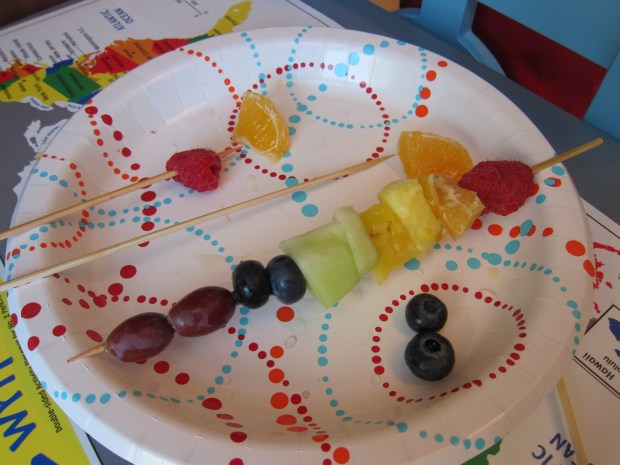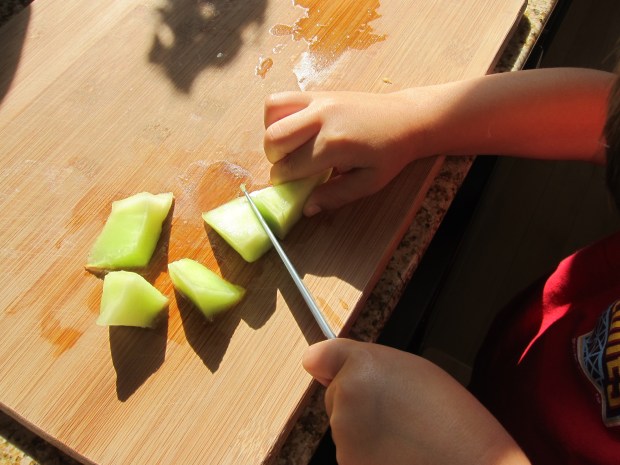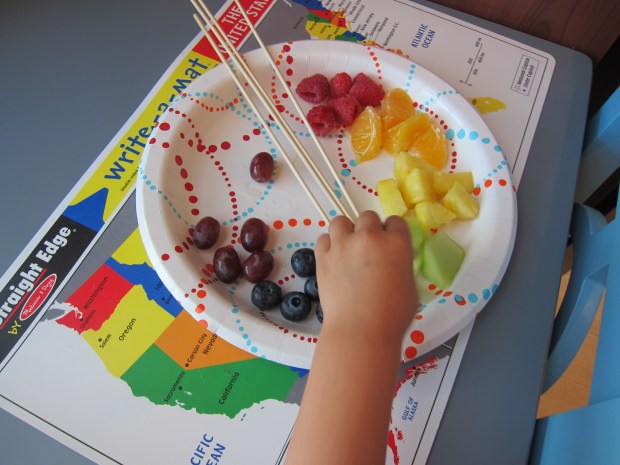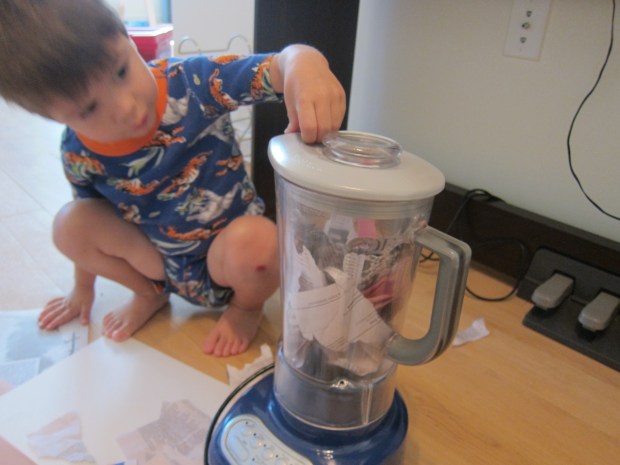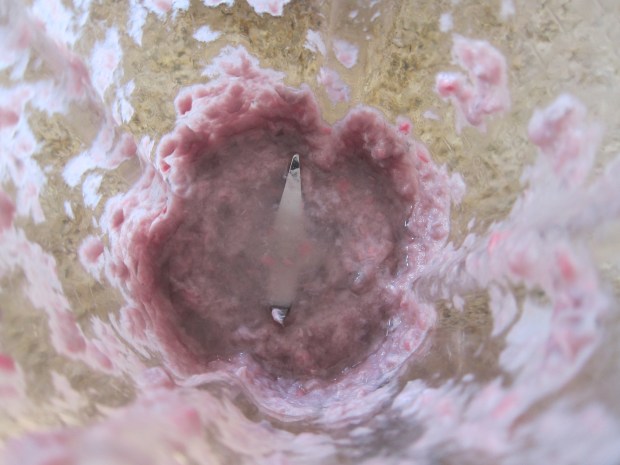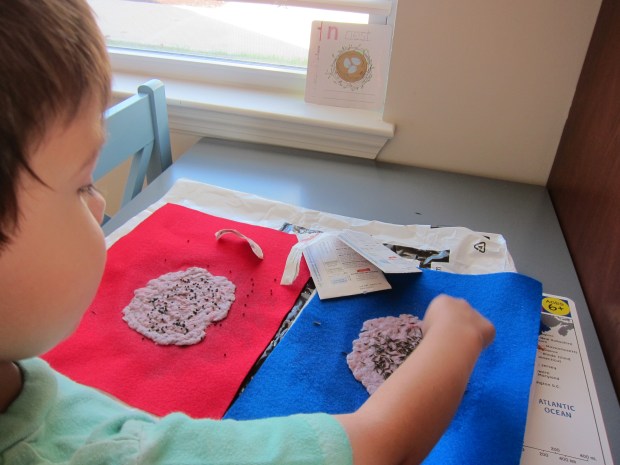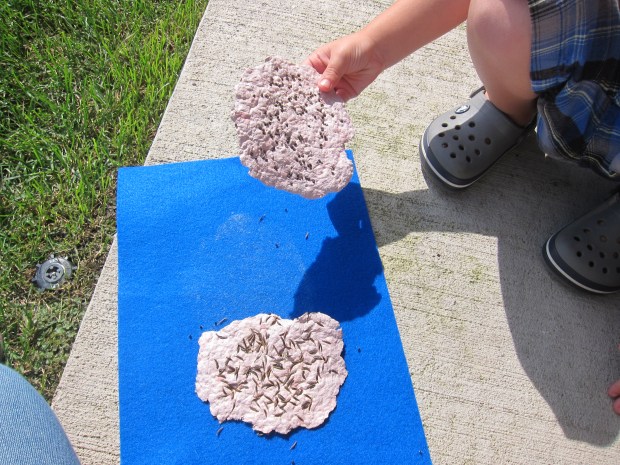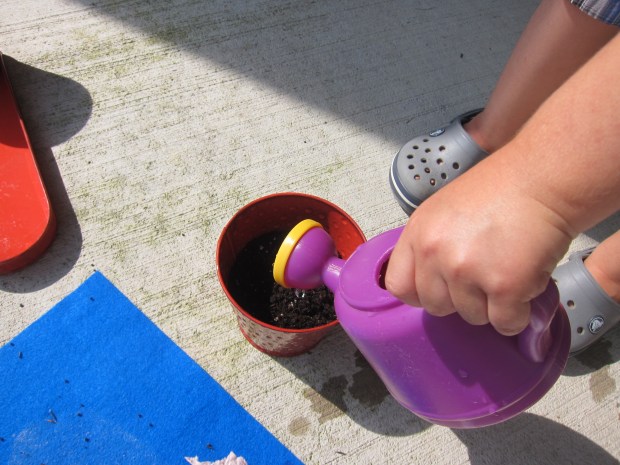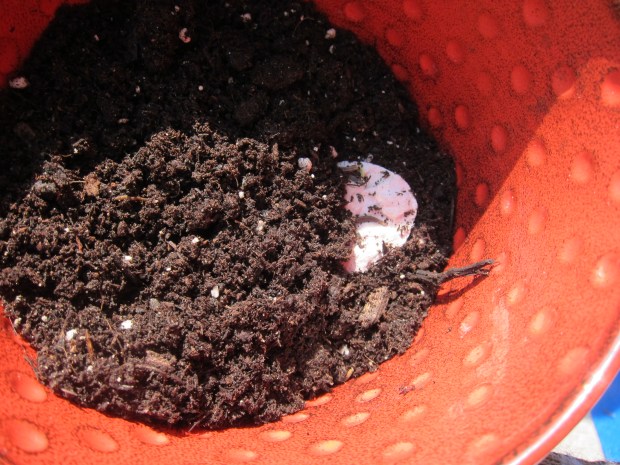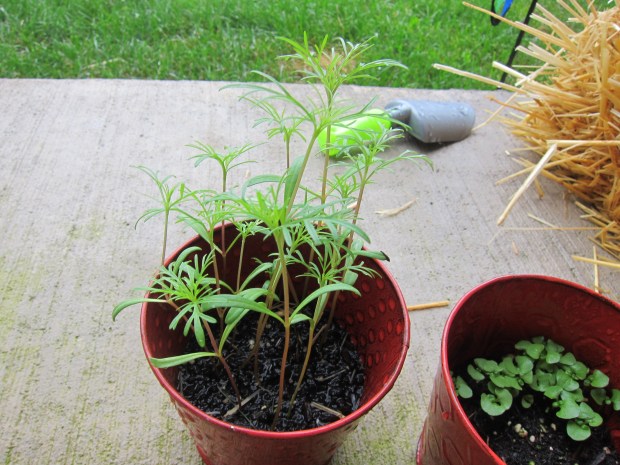
This recipe was my son’s first mix-and-match rice bowl! Hopefully the first of many to come in his vegan culinary adventures.
Ingredients:
- 2 and 1/4 teaspoons olive oil
- 2 yellow onions
- 1 cup jasmine rice
- 1 and 1/4 cups red lentils
- 1/4 cup tahini
- 1 minced garlic clove
- 2 tablespoons fresh-squeezed lemon juice
- 1/2 teaspoon cumin
- 1/4 teaspoon salt
- 1 avocado, cubed
- 1 cup shredded carrot
- Heat the oil in a large skillet over medium-low heat. Thinly slice the onions and add to the pan; cook for 30 minutes, until browned; set aside.
- Meanwhile, cook the rice according to package directions. Although not necessary, I stir in a little Earth Balance butter after the rice cooks to suit my son’s taste.
- While the rice cooks, bring 4 cups water to a boil. Add the lentils and cook for 10 minutes; drain off the excess water.
- In a food processor, combine the tahini, garlic, lemon juice, cumin, and salt. Process until creamy and thick.
- Divide the rice and lentils evenly among 6 child-sized portions (or 3 adults servings). Top evenly with the onions, avocado, carrots, and tahini sauce.


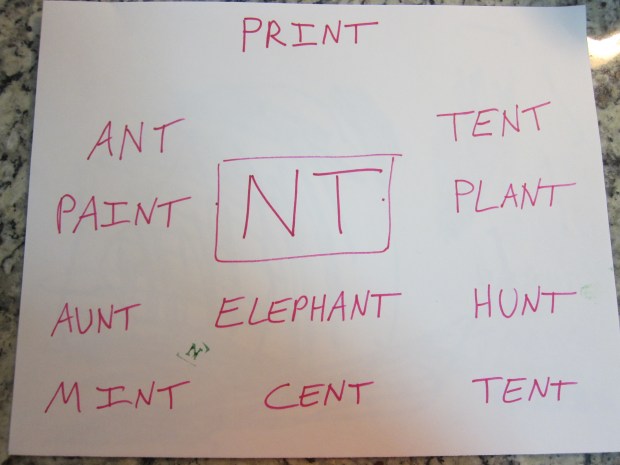


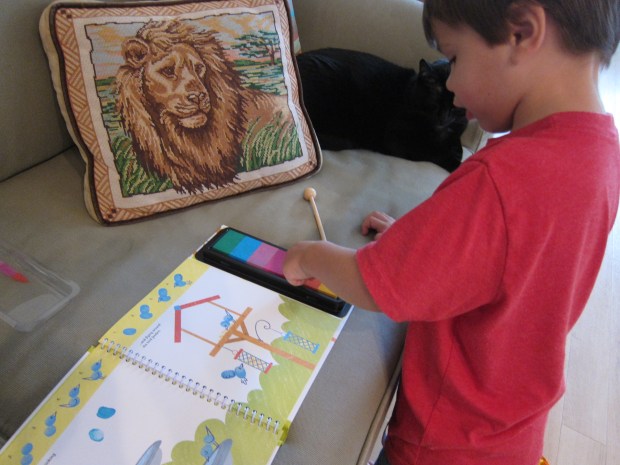
 We were most curious to see how the bugs would come out – was the sun strong enough?
We were most curious to see how the bugs would come out – was the sun strong enough?  Travis loved lifting the toys for each reveal.
Travis loved lifting the toys for each reveal.
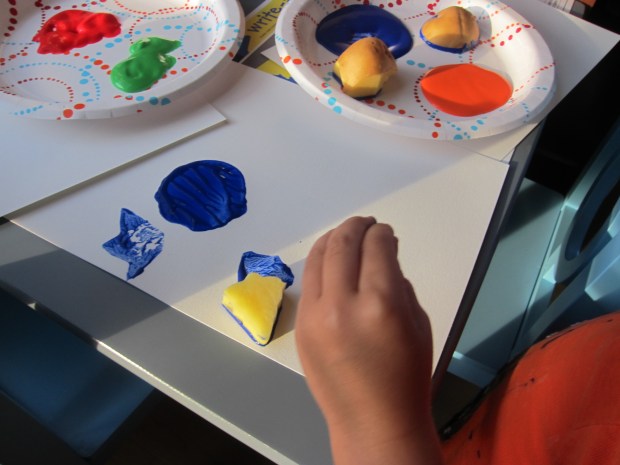 Either whittle a shape using a knife, or press out a shape with a cookie cutter.
Either whittle a shape using a knife, or press out a shape with a cookie cutter. 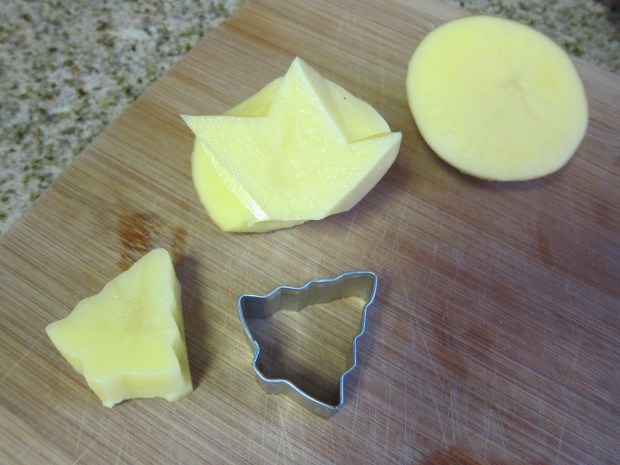 Present your child with trays of different colored paiNTs, then dip and priNT away!
Present your child with trays of different colored paiNTs, then dip and priNT away!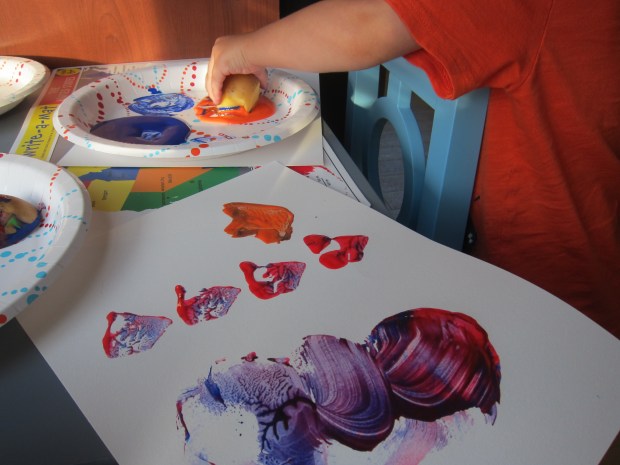

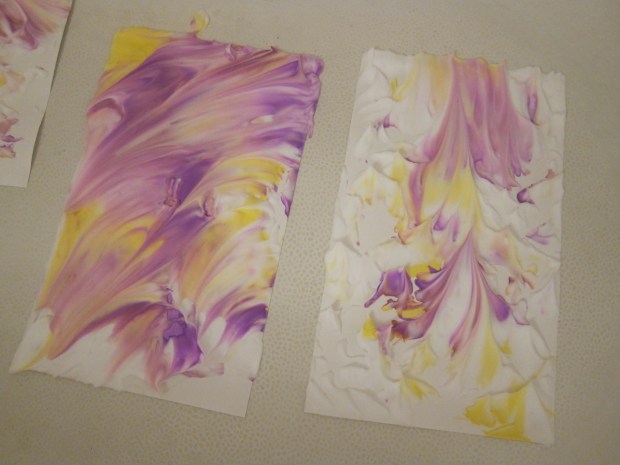

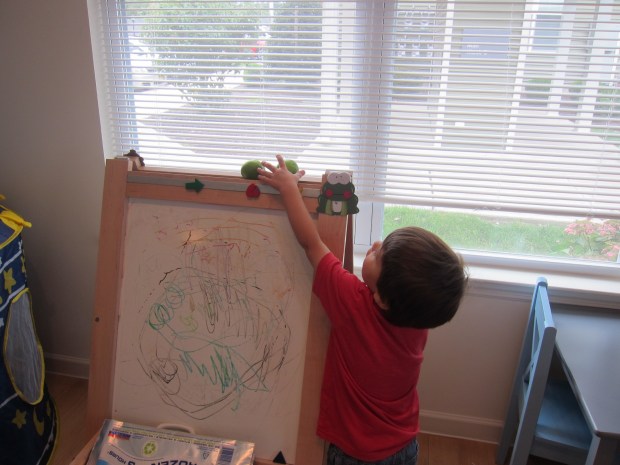 …and “hay” and “grass” (uncooked noodles) hidden down low.
…and “hay” and “grass” (uncooked noodles) hidden down low. 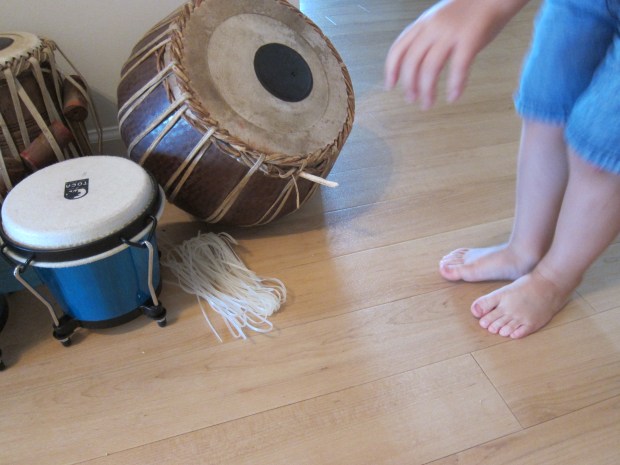 Travis loved cracking open whole-shell peanuts!
Travis loved cracking open whole-shell peanuts!  We finished with an informative read of Usborne’s Beginner non-fiction book on
We finished with an informative read of Usborne’s Beginner non-fiction book on 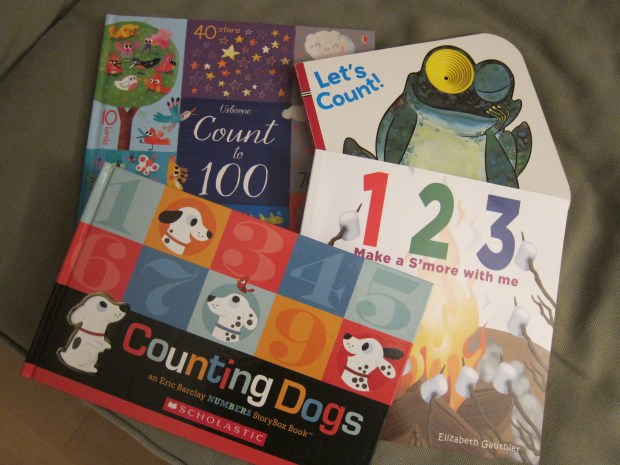 These are all great books for having your child count along on each page.
These are all great books for having your child count along on each page.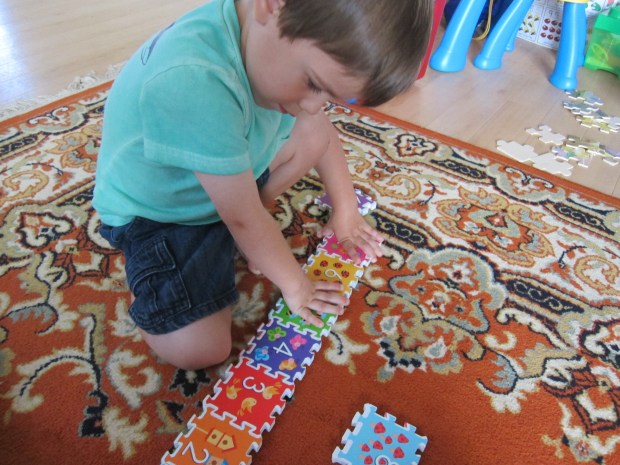
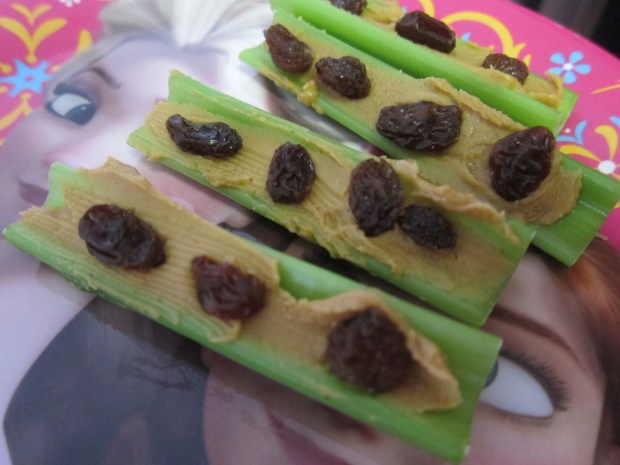
 We read up on ants in National Geographic’s slim volume for beginner readers, and then we
We read up on ants in National Geographic’s slim volume for beginner readers, and then we  Finally – for super-cool mom points – we headed to an ant hill well away from home, sprinkled sugar on the ground, and watched the ants go to town.
Finally – for super-cool mom points – we headed to an ant hill well away from home, sprinkled sugar on the ground, and watched the ants go to town. 
 Next we covered a potted plant with a paper bag and observed it four hours later, shaking the bag a little. Water had condensed on the inside of the bag, allowing Travis to see how some water evaporates off a plant!
Next we covered a potted plant with a paper bag and observed it four hours later, shaking the bag a little. Water had condensed on the inside of the bag, allowing Travis to see how some water evaporates off a plant!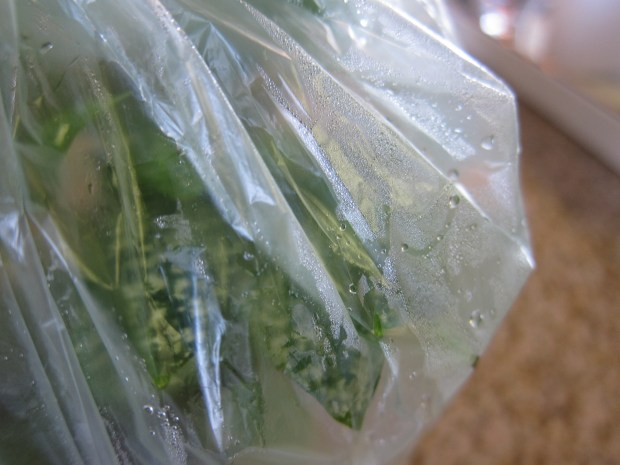

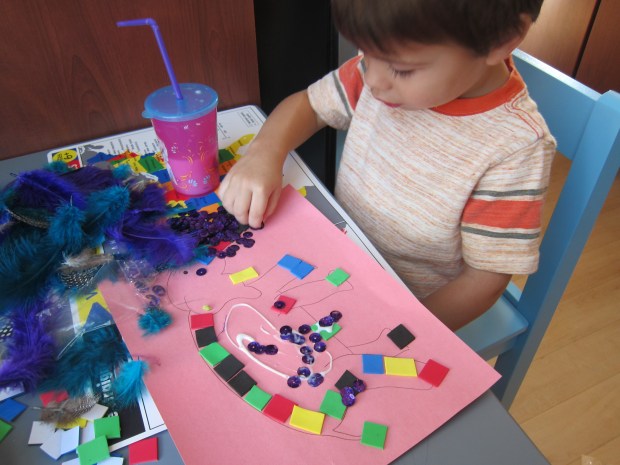 As a result, our elephant turned out more spangled and feathered than mosaicked. Either way, it was quite beautiful.
As a result, our elephant turned out more spangled and feathered than mosaicked. Either way, it was quite beautiful.  For a final dose of fun, we listened to the
For a final dose of fun, we listened to the 
 For older kids, you can also make a basic chart of the different coins and their values, and turn it into a matching game.
For older kids, you can also make a basic chart of the different coins and their values, and turn it into a matching game.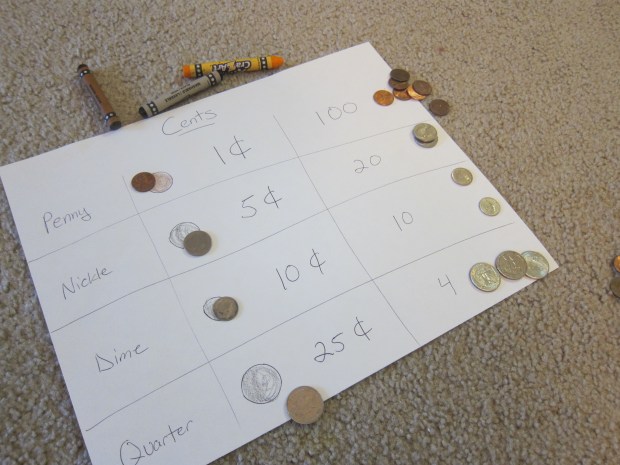
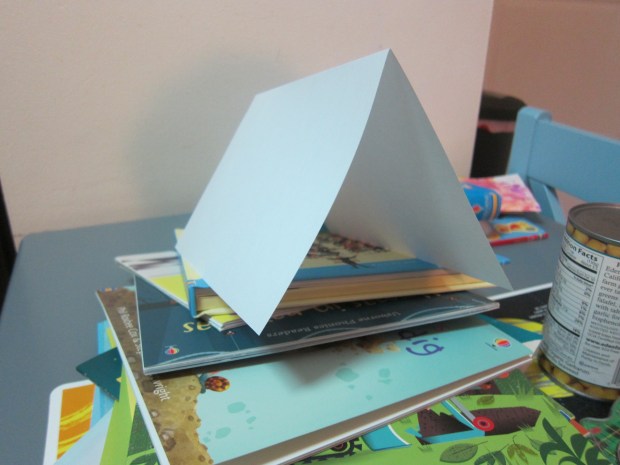 Then we set up his play tent for many a game.
Then we set up his play tent for many a game. 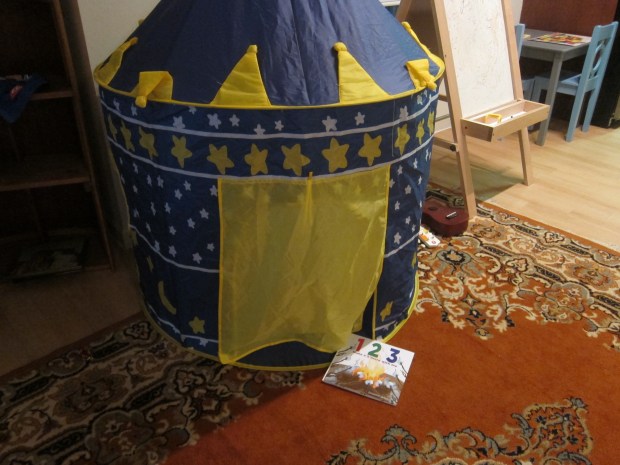 Perfect for storytime throughout the weeks that NT was on our wall.
Perfect for storytime throughout the weeks that NT was on our wall. 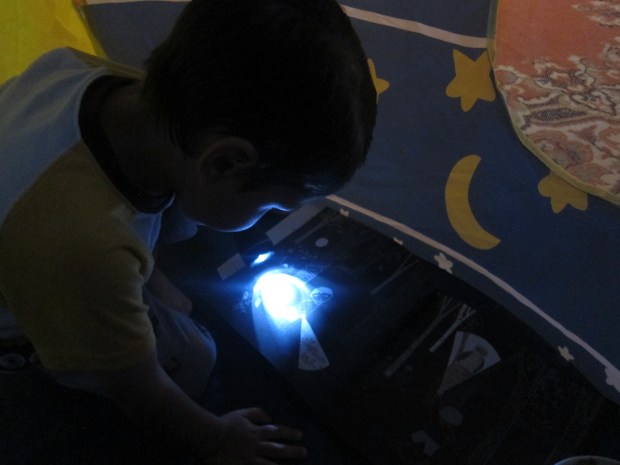 Finally, a field trip to a local state park let Travis see real camping tents set up for the first time!
Finally, a field trip to a local state park let Travis see real camping tents set up for the first time!
 Place a small toy in each spot, along with the map clue for the next prize!
Place a small toy in each spot, along with the map clue for the next prize! 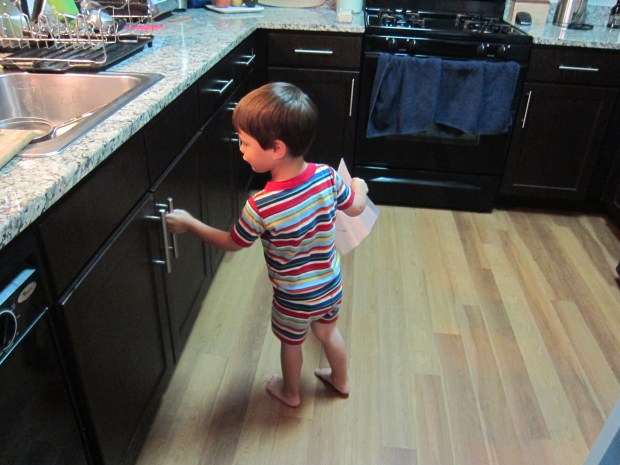 You can also go on a rainbow hunt in any garden.
You can also go on a rainbow hunt in any garden.  Simply bring along a bucket of paint chips and see if you can match up all the colors of the rainbow on a pretty walk.
Simply bring along a bucket of paint chips and see if you can match up all the colors of the rainbow on a pretty walk. Then try
Then try  Of course, you can’t go wrong painting at a regular easel; Travis said this picture was of dragon’s teeth.
Of course, you can’t go wrong painting at a regular easel; Travis said this picture was of dragon’s teeth. 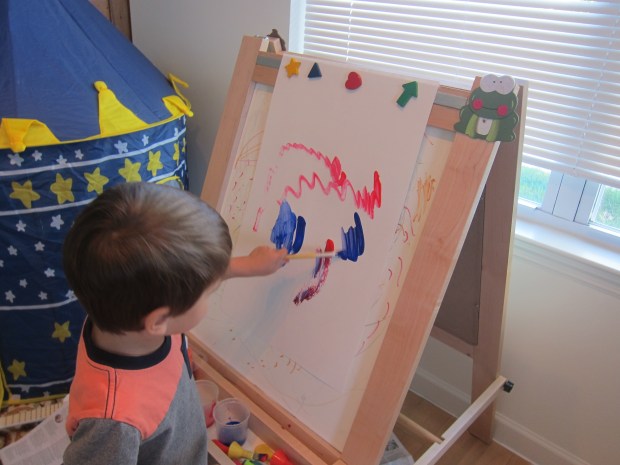 And he had fun exploring the thickness of different brushes.
And he had fun exploring the thickness of different brushes.